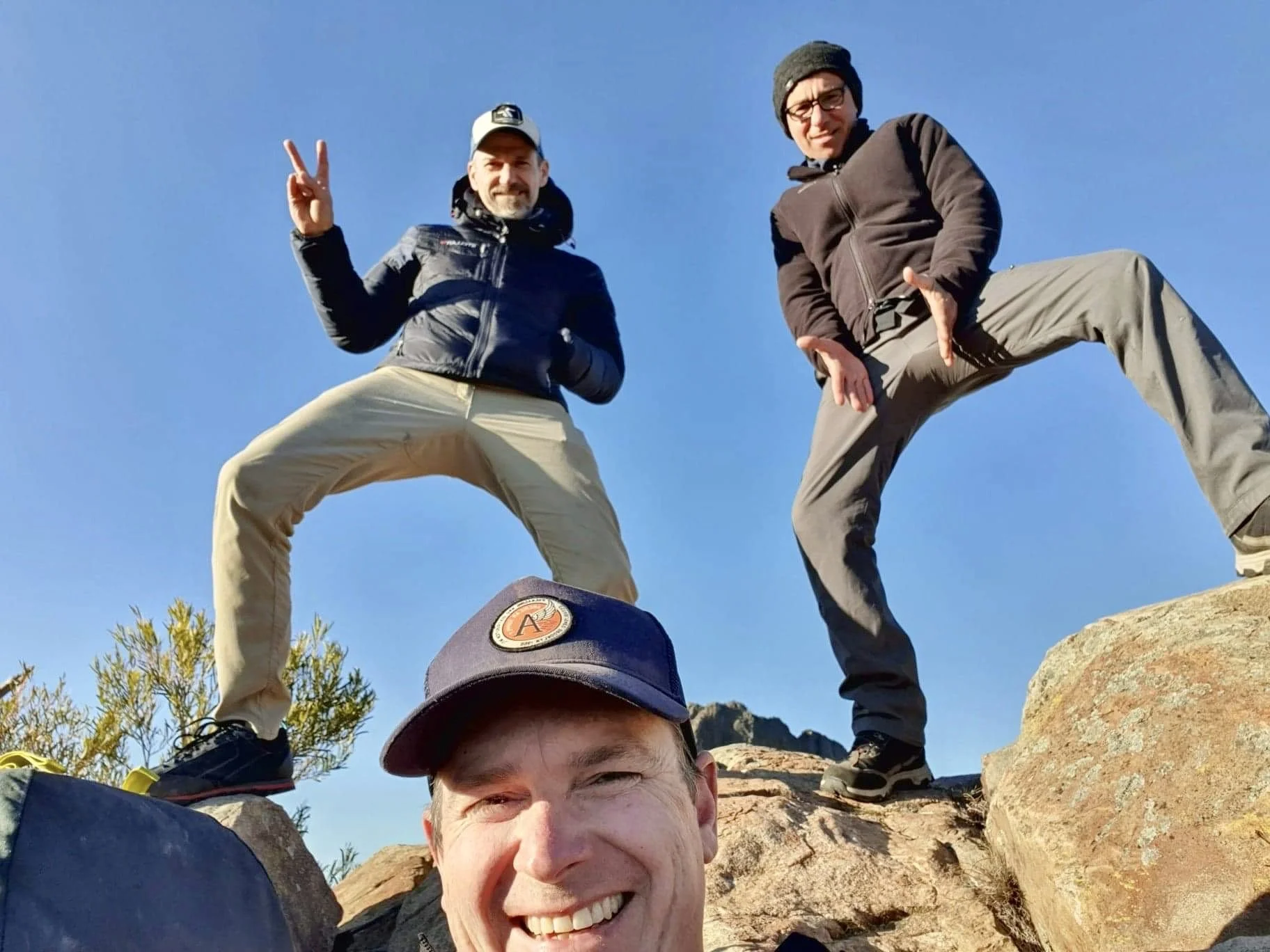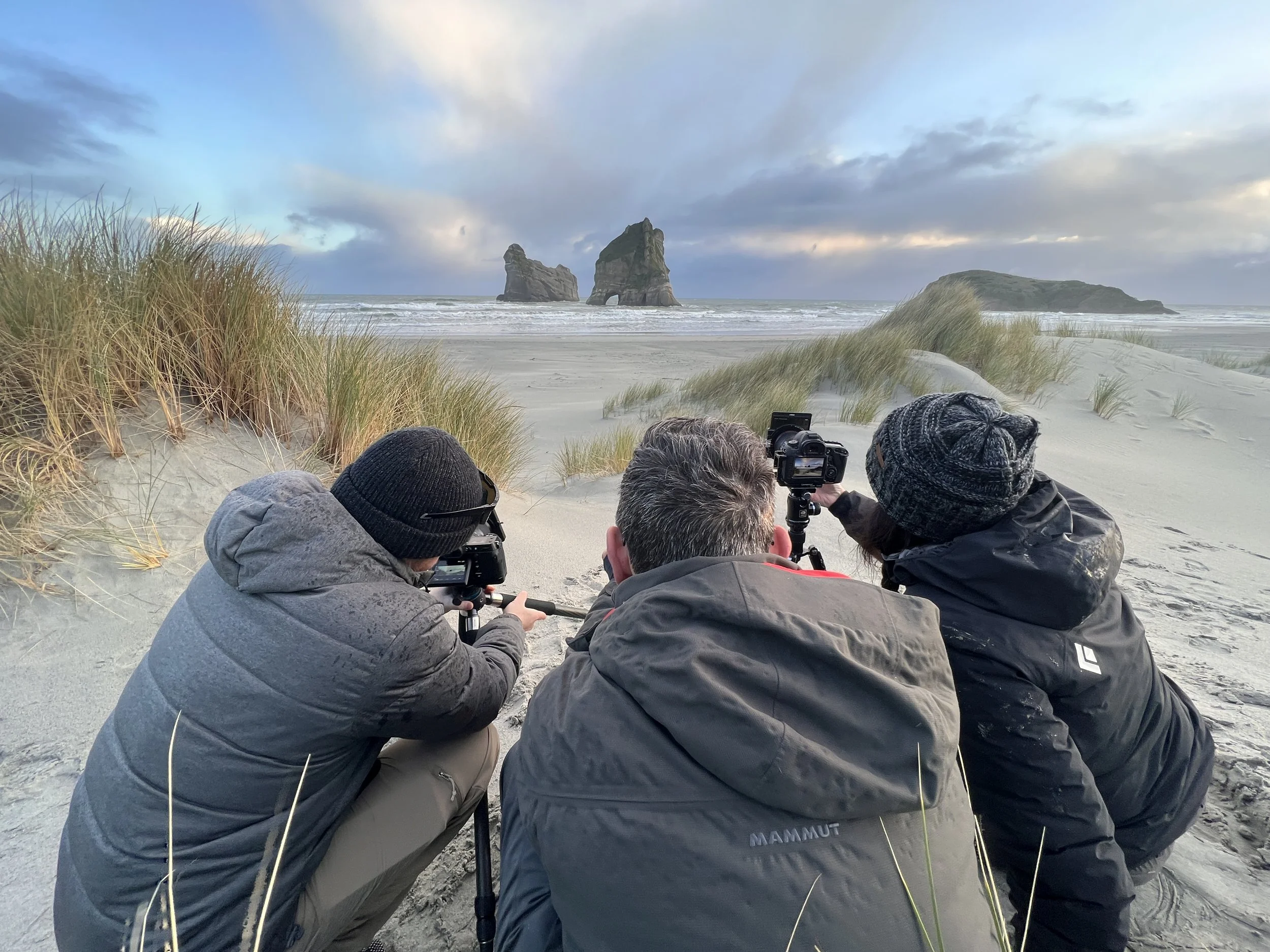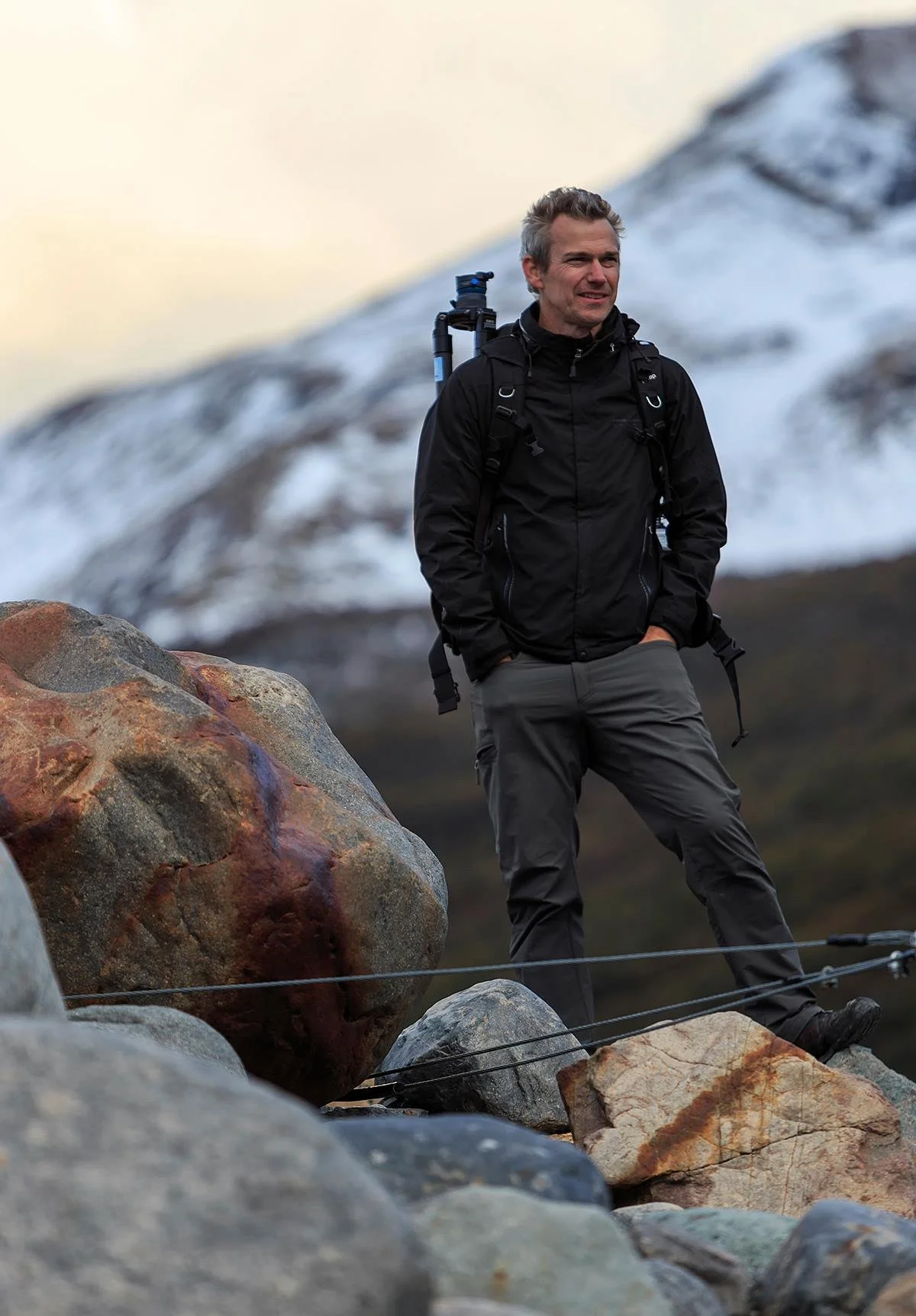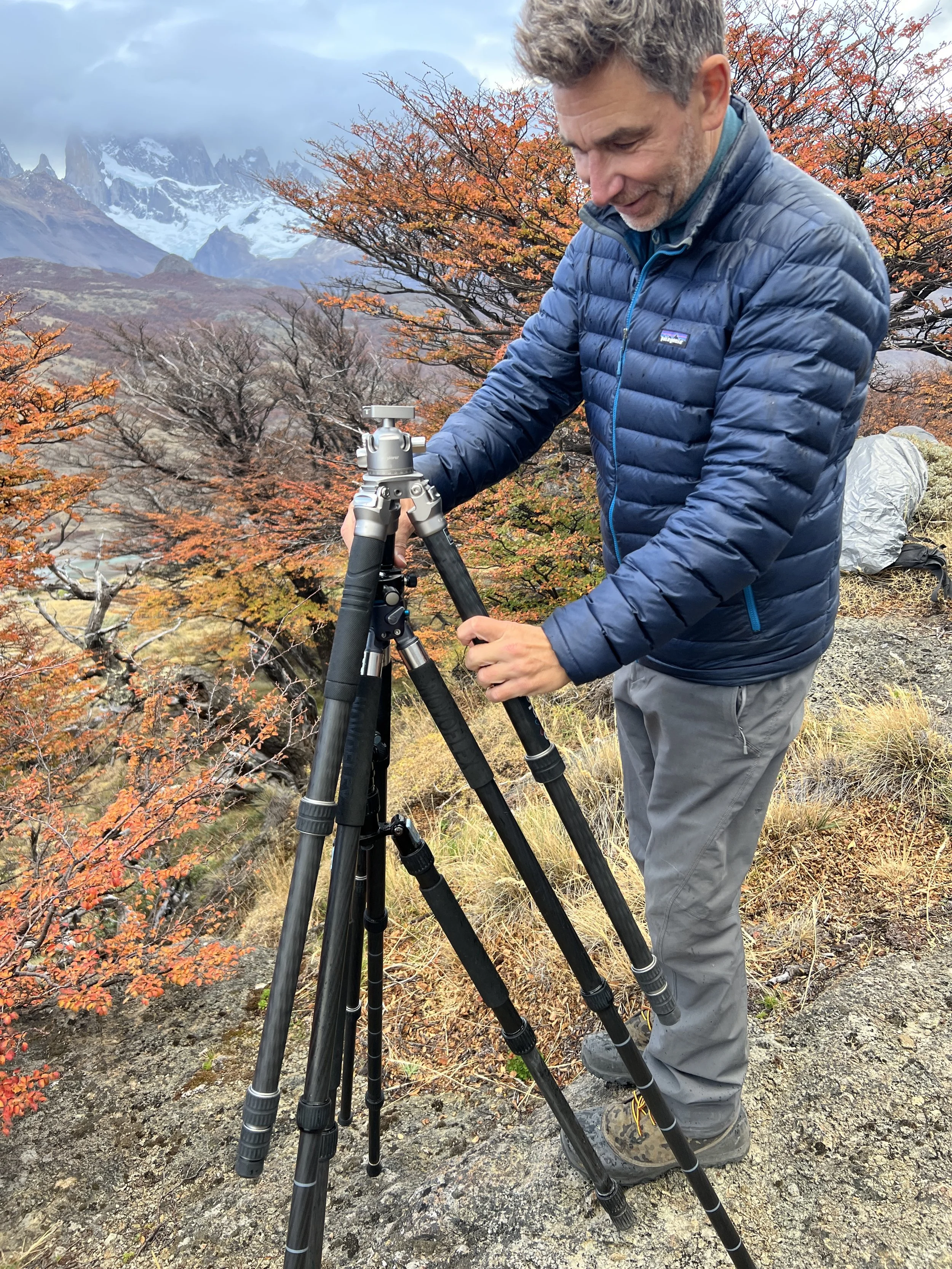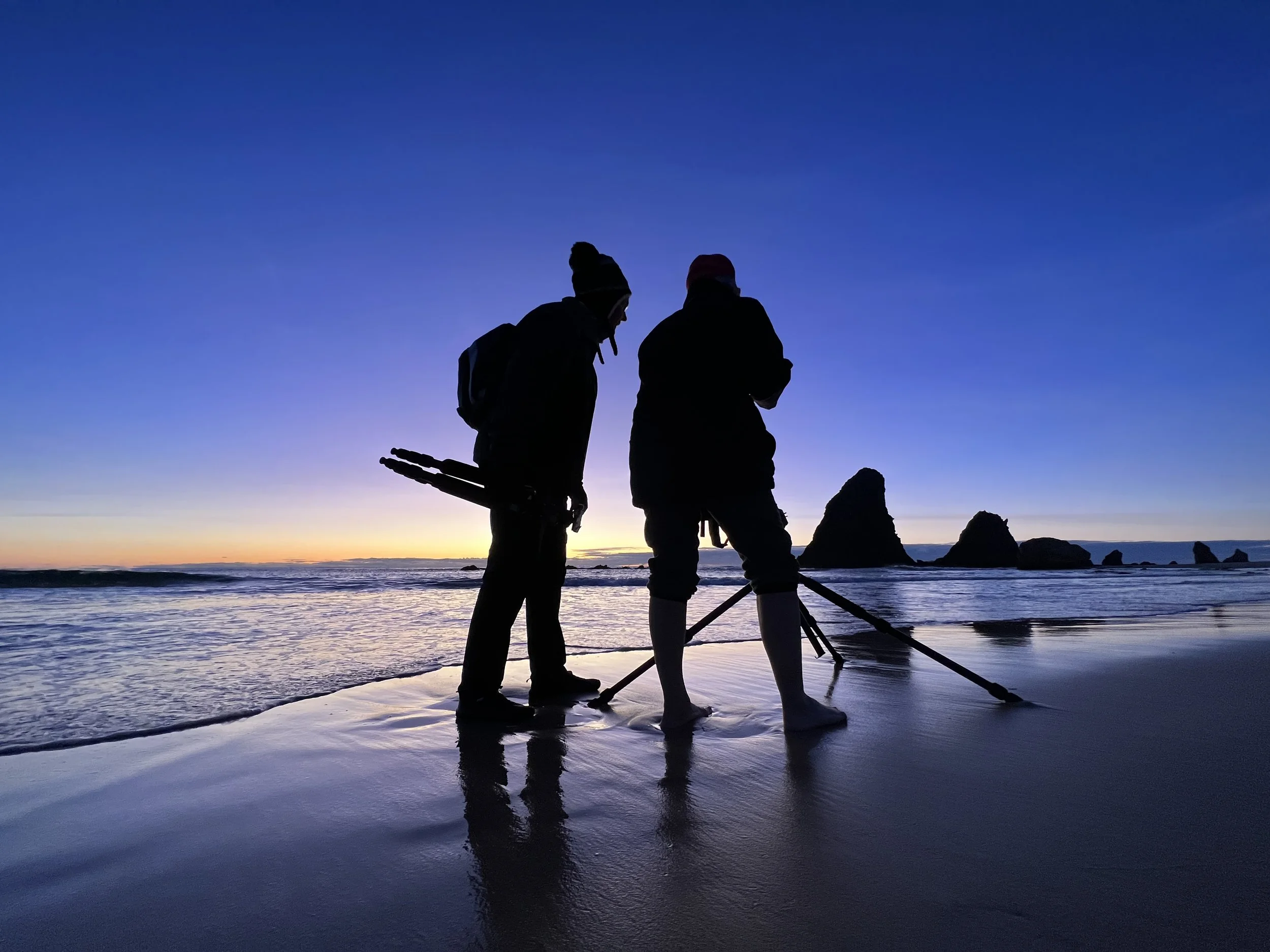Mastering Visualisation in Landscape Photography
Mastering the art of visualisation in landscape photography, particularly for panoramic compositions, is about seeing the final image in your mind before even pressing the shutter. Timothy Poulton, an experienced panoramic photographer and mentor, emphasises the importance of pre-visualisation—developing a deep understanding of light, composition, and storytelling before taking a shot. This skill allows photographers to anticipate the conditions, frame their shots with intention, and create images that evoke emotion and atmosphere.
Key Techniques for Visualisation in Panoramic Landscape Photography
1. Pre-Scouting Locations and Understanding Conditions
Great landscape photography starts long before you set up your tripod. Researching a location, understanding how light interacts with the scene, and anticipating changes in weather are all crucial aspects of visualisation.
Whether you're capturing reflections at Vestrahorn, the jagged peaks of Patagonia, or the icy wilderness of Antarctica, knowing how different times of day and seasons affect the landscape will help you craft a more compelling composition.
Tools like PhotoPills and The Photographer’s Ephemeris are invaluable for planning. They allow you to track the movement of the sun, moon, and Milky Way, ensuring you are in the right place at the right time.
By understanding these elements in advance, you can mentally compose your shot before you even arrive, allowing you to adapt more easily to conditions on the day.
2. Training Your Eye for Composition
Strong composition is the foundation of compelling photography. In panoramic photography, visualisation plays an even greater role, as wider fields of view require careful balance to maintain impact and avoid distractions.
Leading lines and natural framing: Whether it's a winding river, a mountain ridgeline, or the edge of a lake, using leading lines can help draw the viewer’s eye through the image, creating a more immersive experience.
Foreground interest: Including a strong foreground element helps add depth to the scene, making the landscape feel more expansive and inviting.
Negative space: Sometimes, what you leave out is just as important as what you include. Visualising how negative space can enhance the subject can lead to more powerful compositions.
By training your eye to see how different elements interact within the frame, you can refine your visualisation skills and create more balanced and engaging images.
3. Storytelling with Atmosphere and Mood
One of the most powerful aspects of landscape photography is its ability to tell a story. A well-composed image isn’t just a record of a location—it conveys a feeling, a moment in time, or the sheer grandeur of nature.
Weather and light: The same location can look vastly different depending on the weather. Moody clouds over Torres del Paine, golden light bathing the Dolomites, or a crisp, clear night sky for astrophotography all evoke different emotions.
Embracing unpredictability: Some of the most extraordinary images happen when you embrace unexpected conditions. Instead of seeing bad weather as an obstacle, visualise how it could enhance your shot—mist can add mystery, storms can create drama, and rain-soaked surfaces can produce stunning reflections.
Patience and observation: Great landscape photographers spend time simply watching how the scene evolves. Visualisation isn’t just about imagination—it’s also about patience, observation, and understanding how the elements interact.
4. Perfecting Exposure and Post-Processing
While visualisation starts in the field, the process doesn’t end there. The way an image is processed can either enhance the original vision or detract from it.
Getting the right exposure in-camera: Shooting with tools like Live Composite Mode on the OM-1 Mark II allows for more precise control over long exposures, making it easier to capture dynamic scenes like star trails or moving clouds.
Post-processing with intention: Editing should always serve the image, not overpower it. A well-balanced edit enhances contrast, refines colour, and brings out detail without making the image feel unnatural.
Refining your vision: Photoshop and Lightroom provide powerful tools to bring your visualised image to life. Whether it’s subtle dodging and burning to guide the eye, adjusting tones for mood, or blending exposures for dynamic range, every decision should align with the story you want to tell.
Bringing It All Together
Mastering visualisation in landscape photography is a skill that develops over time with practice, patience, and a willingness to see beyond the obvious. It’s about immersing yourself in the landscape, anticipating the light, and crafting a composition that speaks to the beauty and emotion of a place.
Some of the best images come from moments that weren’t planned but were felt—a sudden break in the clouds, an unexpected mist rolling in, or a fleeting moment of perfect light. The more you train yourself to visualise these possibilities, the more instinctive your photography will become.









